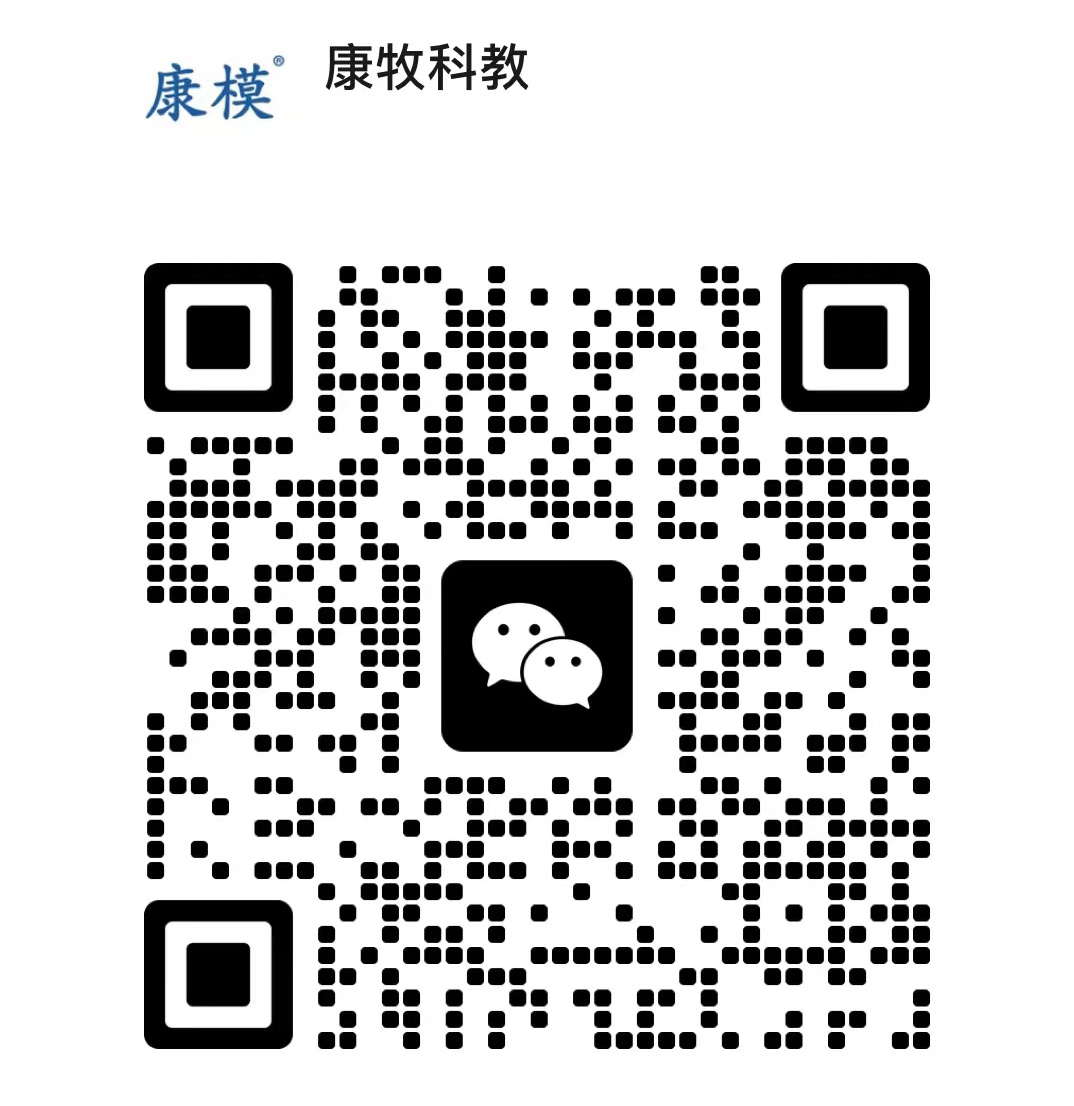Learn CPR and catch the best time to save your life from cardiac arrest
In order to comprehensively and systematically improve the health literacy of the whole population, and further promote the health work from “disease-centered” to “health-centered”, the National Health Commission, the State Administration of Traditional Chinese Medicine, and the National Bureau of Disease Control issued a notice of the “Three-Year Action to Improve the Health Literacy of the Whole Population” at the beginning of June. The National Health Commission, the State Administration of Traditional Chinese Medicine, and the National Bureau of Disease Control issued a notice in early June to launch the “Three-Year Action to Improve the Health Literacy of All Citizens”. The action is based on the “Health Literacy of Chinese Citizens - Basic Knowledge and Skills”, which aims to guide the public to consciously practice a civilized, healthy, green and environmentally friendly lifestyle, and become the first person responsible for their own health.
CCTV is launching a series of articles to explain the “Health Literacy of Chinese Citizens - Basic Knowledge and Skills” article by article, in order to better disseminate health knowledge, and guide the public to pay more attention to health, maintain health and enjoy health.
Article 60 of Health Literacy for Chinese Citizens - Basic Knowledge and Skills: When encountering a patient with respiratory or cardiac arrest, one should be able to perform cardiopulmonary resuscitation (CPR) and learn how to use an automated external defibrillator (AED).
Interpretation: For patients with respiratory and cardiac arrest, the optimal window of time for resuscitation is four minutes. If prompt Hands-Only CPR is given at the scene in conjunction with the use of an AED, the success rate of resuscitation can be greatly improved.
CPR consists of three steps: chest compressions, opening the airway and artificial respiration. Chest compression, the rescuer will be a hand palm root on the patient's chest in the middle, two nipple line level (i.e., the lower part of the sternum), overlap the root of the palm of both hands, ten fingers interlocked, palms cocked, both upper limbs straight, the upper body leaning forward to the hip as a pivot, with the upper body of the force of the vertical downward compression for 30 times. Depth of compression is 5-6 cm for adults, 5 cm (or 1/3 of the thickness of the chest diameter) for children, and 4 cm (or 1/3 of the thickness of the chest diameter) for infants, and the frequency of compression is 100-120 times/minute to ensure that the thorax is completely returned to its original shape after each compression; open the airway with the method of tilting the head and lifting the chin; and give mouth-to-mouth artificial respiration (mouth-to-mouth and nose in infants) for 2 times for about 1 second each time, and the thorax should be seen to be bulging when blowing. 30 times of thoracic chest compressions Thirty chest compressions and 2 artificial respirations are considered 1 cycle, and the patient's respiration and pulse are assessed every 5 cycles. If spontaneous breathing and heartbeat are restored, turn the patient to the lateral position and closely monitor vital signs; if not, continue CPR until the patient resumes spontaneous breathing and heartbeat, or until professional first aiders arrive on the scene.
Large public places and high-risk homes need to be equipped with AEDs.How to use AEDs: Turn on the power switch, attach the electrode pads to the patient's bare chest as shown in the diagram, and wait for the AED to analyze the heart rhythm. If defibrillation is required, wait for the AED to charge, ensure that all personnel do not touch the patient, and press the defibrillation button. After defibrillation, continue CPR and after 2 minutes the AED analyzes the rhythm again. Follow the AED voice prompts until the patient regains spontaneous breathing and heartbeat, or until professional first responders arrive on scene.

